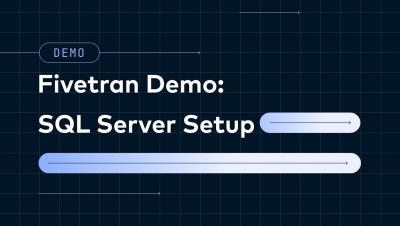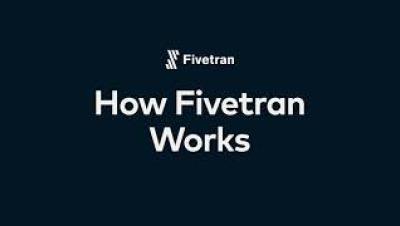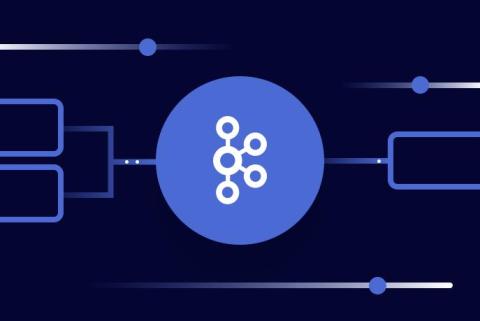Systems | Development | Analytics | API | Testing
%term
Introduction to WSO2 APK (API Platform for Kubernetes)
What is WSO2 APK (API Platform for Kubernetes) ?
AWS, Qlik, and SAP Data: Turning the Lifeblood of Business into Value and Action
One of my favorite analogies is that data is the lifeblood of the business. Before you roll your eyes at me (I see it now), hear me out. At your annual physical, when you get your blood work done, think of how much information is uncovered about your overall health from a tiny vial of your blood. From those 10 CCs they extract comes back pages of information regarding your cell counts, glucose, cholesterol, and other information.
How Fivetran Works: A Look Under the Hood
How To Find Flaky Behavior in Your System: Tips & Tricks | Cristiano Cunha | #softwaretesting
Overcoming the Cold Start Challenge with Gunicorn Workers in Python in Django Applications
Performance metrics in computer science are typically based on time and space complexity. Time complexity deals with the application's execution time, while space complexity pertains to the memory it consumes during execution. For Django, performance relates to the speed at which a server processes user requests and returns results. The quicker the response, the better the user experience.
Stay Compliant and Informed: Discover Choreo's Logging and Observability Advancements
Image by vectorjuice on Freepik In today's digital economy, enterprises have to strike the right balance between gaining application and user insights and safeguarding data privacy. With Choreo's feature that derives direct log insights and observability from data planes, organizations can now prioritize enterprise compliance while delivering essential functionality.
Apache Kafka Message Compression
Apache Kafka® supports incredibly high throughput. It’s been known for feats like supporting 20 million orders per hour to get COVID tests out to US citizens during the pandemic. Kafka's approach to partitioning topics helps achieve this level of scalability. Topic partitions are the main "unit of parallelism" in Kafka. What’s a unit of parallelism? It’s like having multiple cashiers in the same store instead of one.











